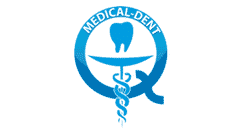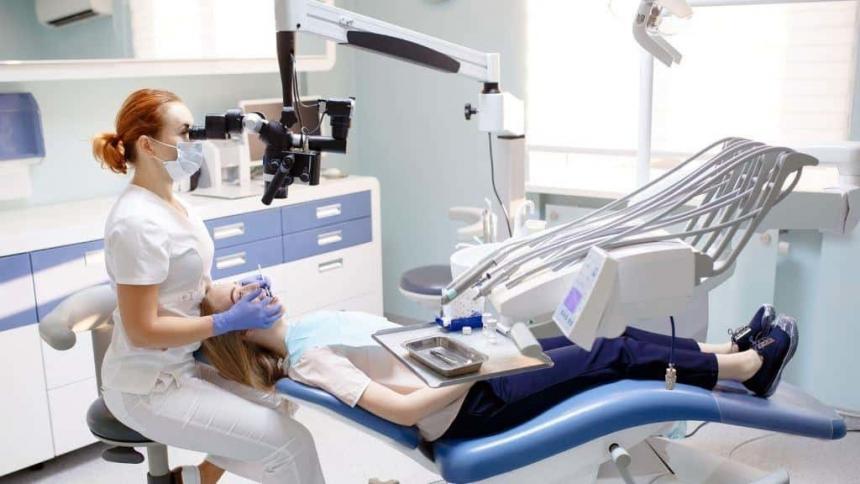Microscopes, scanners and lasers - these are not just equipment for laboratories, but increasingly the standard in dental practices. Modern technology in dentistry not only allows for much more effective treatment, but also reduces patient pain and saves time.
Every millimetre counts
Wondering why you need a microscope in your dental practice? Just to see for yourself how small an area in your mouth each of your teeth occupies. There may be even smaller cavities on each of them. In order not to damage the entire tooth, maximum precision is required. This is guaranteed by the microscope mentioned above, which is also on the equipment of the our office.
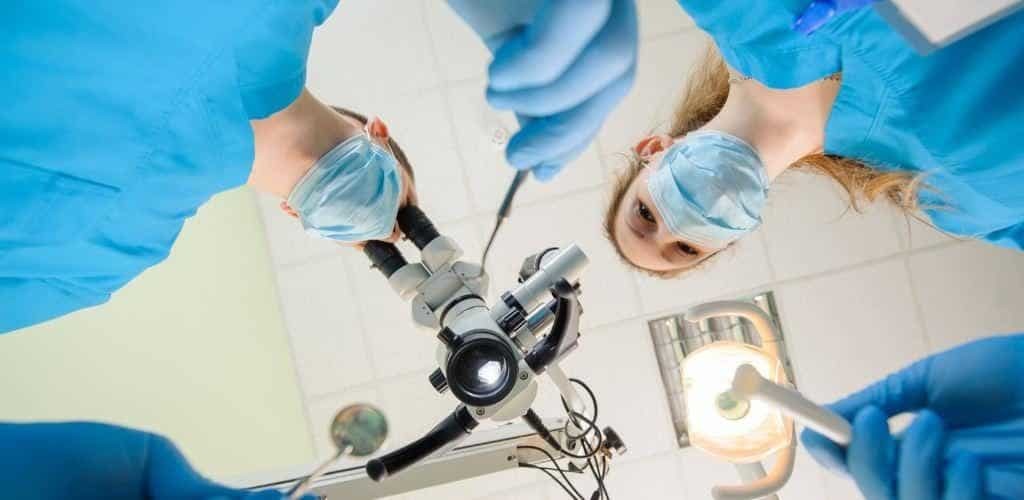
How is modern technology in dentistry used in treatment?
But that's not all! Modern technology in dentistry also works well in the case of tooth fillings - here every millimetre counts. The better the filling, the more durable it is, but also the more secure it is against infection or decay. Importantly, a perfectly fitting filling provides the patient with better comfort and looks more aesthetically pleasing.
Firstly in diagnostics. Thanks to up to tenfold magnification, doctors are able to detect even the smallest changes in the mouth, e.g. inflammations or early signs of caries, which are invisible to the "naked" eye. As a result, treatment starts faster, lasts less time and is therefore less costly.
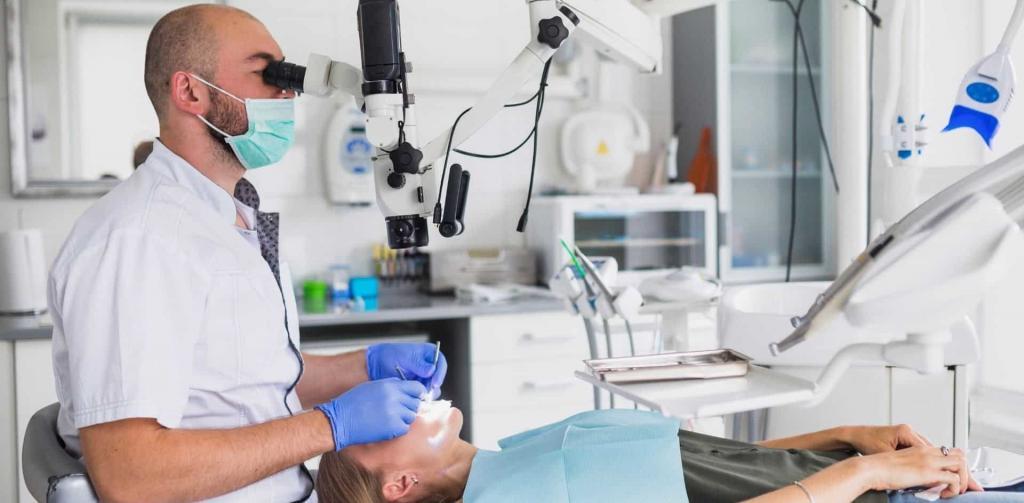
You've probably had a tooth treated more than once with a root canal, but did you realise that a root canal is only a few millimetres wide? Thanks to the fact that the dentist has a microscope at his disposal, he can precisely remove blockages, clean the canals and, at the same time, be less likely to damage the remaining tooth structure.
The same is true of its removal. Thanks to modern technology in dentistry, even the smallest pieces of bone will not be left in the gum. In addition, the wound is precisely sutured, which reduces the patient's discomfort after the procedure and also speeds up the healing time. And if an implant is placed in place of an extracted tooth, the microscope ensures that it fits perfectly with the rest of the dentition.
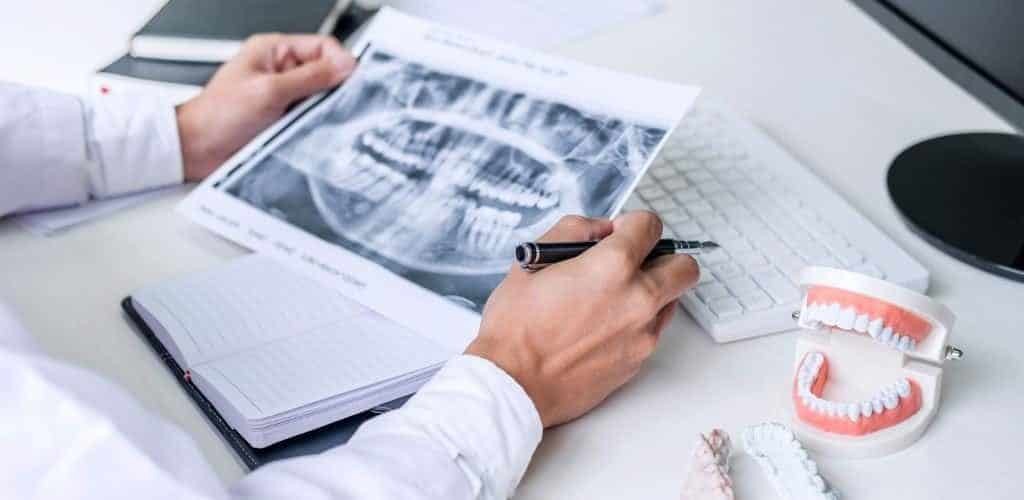
Scanners, or how modern technology in dentistry has changed prosthodontics and orthodontics
Previously, patients who needed crowns or bridges or had malocclusions had to expect a nightmarishly unpleasant procedure. The treatment started with an impression - the patient had to bite into a special mass for several minutes, the taste and quantity of which often caused a vomiting reflex. In addition, the plaster model prepared on the basis of the impression was often inaccurate.
Nowadays, with the use of an intraoral scanner, the patient does not have to undergo an unpleasant procedure. The modern device allows a three-dimensional image to be obtained on a computer screen in a few minutes, and the scan itself is painless for the patient. This allows for very precise diagnosis and treatment.
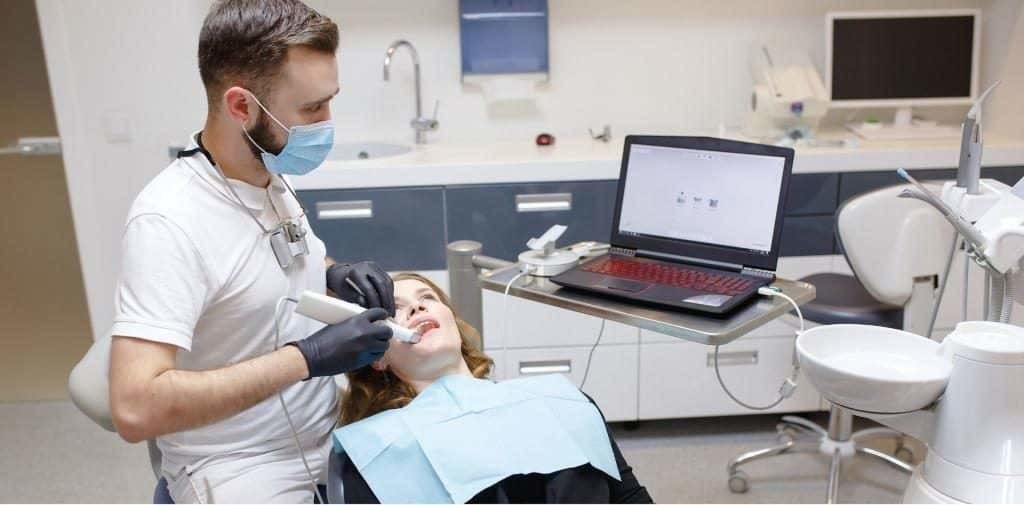
In order to achieve the best aesthetic result, it is not only the bite or the arrangement of the teeth that is important, but also the smile line. Thanks to the use of modern technology in dentistry, we get the full picture and the patient can see the final result of the treatment.
If you have problems with crooked teeth we recommend our Article, in which you will learn about the causes of malocclusion and another in which you will find out how they can be remedied, i.e. about Types of braces in the UK.
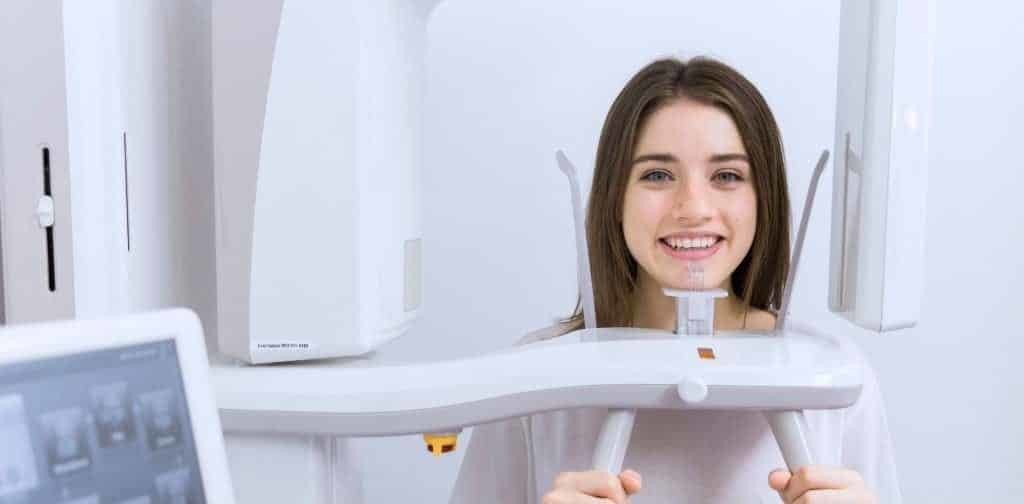
Tomographs, lasers and cameras - what else can you find in a dental practice
More and more dental practices are equipped with CT scanners. These replace traditional X-rays and allow the entire oral cavity to be seen in a 3D image. Their big advantage is not only their accuracy, but also the minimal radiation dose to the patient.
Added to this are intraoral cameras to aid diagnosis and lasers, which are often used when making cuts or extracting a tooth.
At present, modern technology in dentistry is developing very rapidly, and we ourselves are curious to see what new developments the next few years will bring.
